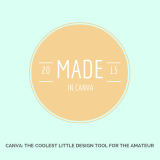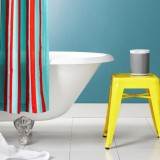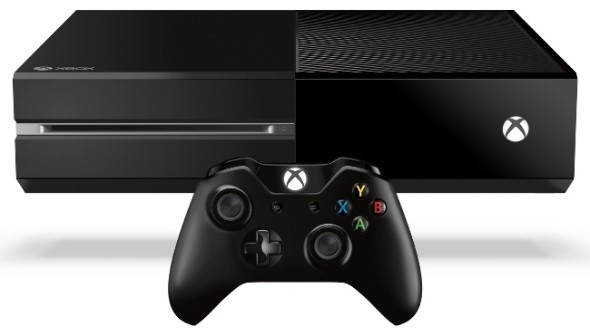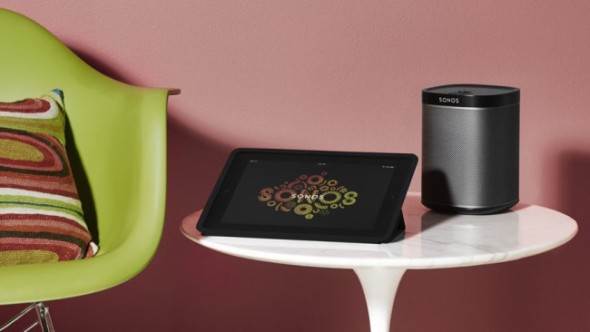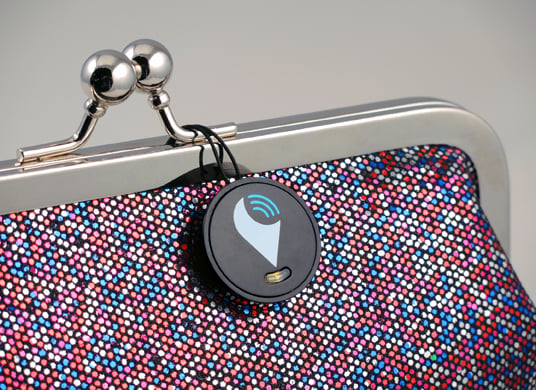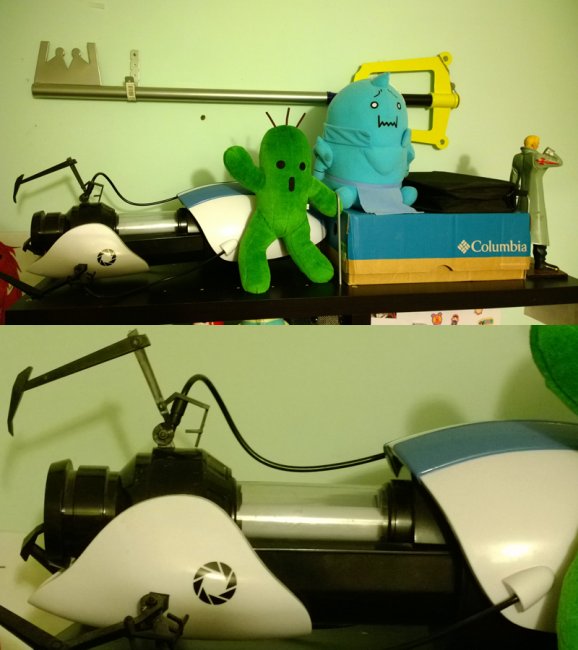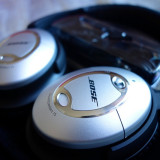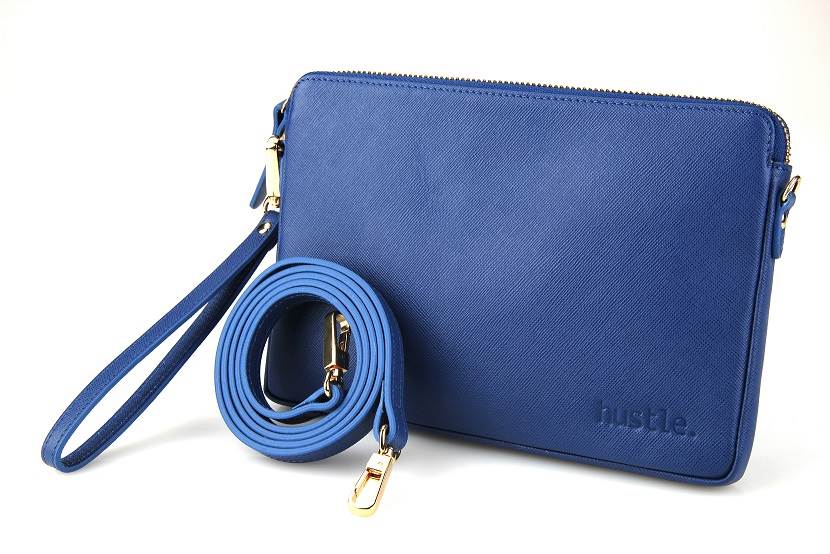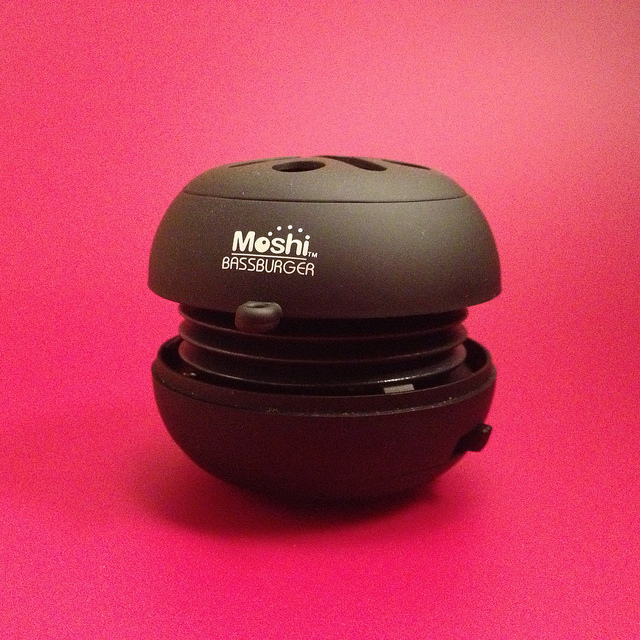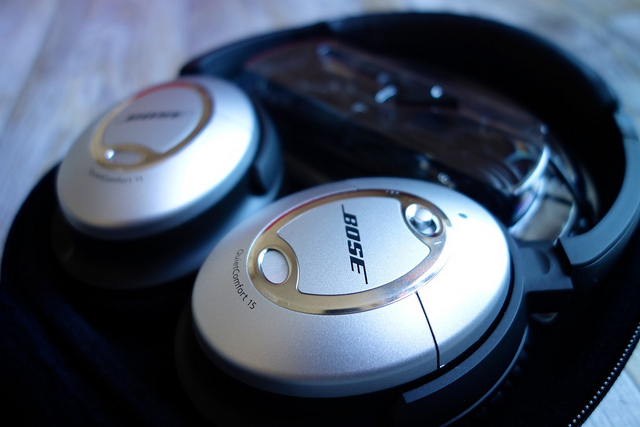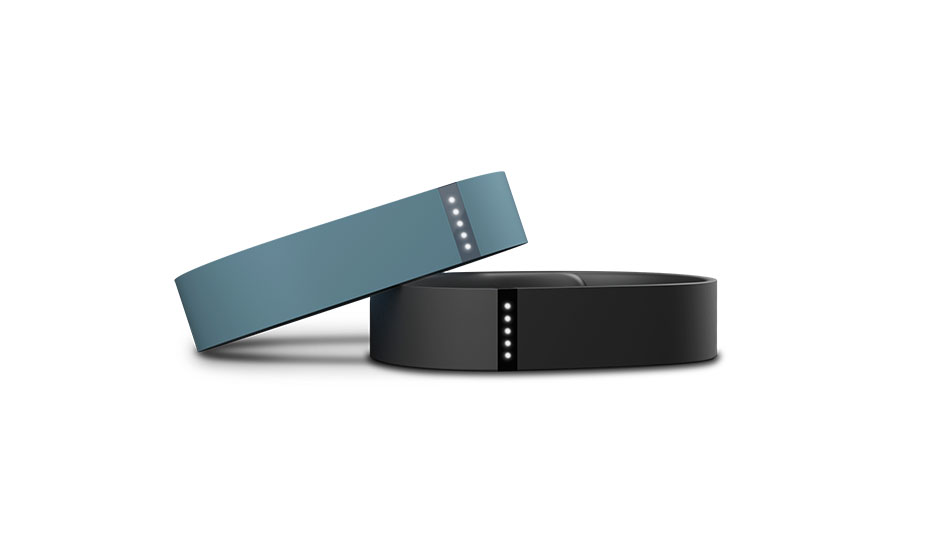Who is Canva?
Canva is an ambitious Aussie start-up changing the landscape for small business owners and bloggers. Created in Surry Hills by founders: Cliff Obrecht, CEO Melanie Perkins, and Cameron Adams. This (not so) little start-up is reaching great heights, securing 3.6 million in its second round of funding and growing to over 600,000 members as of July 2014.
What is Canva?
Canva is a simple design tool making Graphic Design accessible to all. Canva allows you to create everything from newsletters to blog graphics to a Facebook Cover; using drag and drop functionality with stylish and on trend templates.
How much will it cost me?
Well this is the best part about Canva… It’s free! That’s right for standard templates and images there is no cost. Premium fonts, templates and images are charged at $1 each – an affordable expense if needed.
So how do you get started?
Head to www.canva.com, enter in your email, follow the prompts and away you go!
Once logged in you’ll find a user friendly interface with drag and drop functionality to simplify the design process.
Select a new design template. Note* Canva takes all the guess work out for you. If you’re creating a Social Media post it will default to the dimensions required for each social network; a nice little touch.
On the left hand side you’ll find everything you need to get designing. Fonts, backgrounds, layouts, design elements and the upload tab for your own images and logos.
What do I do next?
Once you’ve familiarised yourself with it’s dashboard I recommend heading on over to the Canva Blog & YouTube channel
Canva has a support base for the amateur like you wouldn’t believe. Need help choosing fonts, colour matching or creating an eye catching title? Canva has you sorted! Head to the blog first and learn the basics. Next up visit their YouTube channel and then head over and actually DO their Mini Challenges. Mini Challenges will have you designing like a pro in no time.
My Hot Design Tip!
K.I.S.S – Keep it simple stupid!
Think clean. Crisp. Fresh. Chant these three words as you design. Oh I’m serious! This little mantra will remind you that simplicity really is best.
Manuela Crescenzi
Manuela is a Social Media expert and Editor of SheBlogger.com.au – Australia’s newest ‘go to’ source for the She Blogger.

